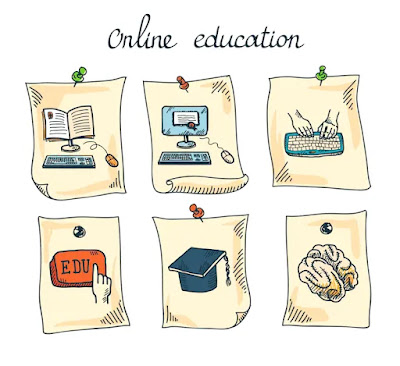What are the learner dimensions you need to be aware of to create a sense of presence and what role does emotion play? According to Garrison et al. (2001), there are three learner dimensions: the interior world, the interface with the real world (perception/conception process), and the concrete world shared with others.
Our interior world is the inner space in which we reflect on, consider, analyze, and synthesize information. We then make a transition through the perceptual/conceptual process (interface) with the outer world in which we relate to other people and share our inner feelings and thoughts. Noe (2005) calls this the enactive perceptual process. Throughout the process of using these three dimensions (interior world, the interface with the real world, and the concrete world), emotions affect thought and then behavior, impacting learners’ experience of presence.
Though neglected in the past, the importance of emotion in learning is gaining significance. Emotions are key to the process because they help learners focus their perceptions on particular aspects of a thought and enable them to concentrate on specific situations, connect the affective to the cognitive, and arrive at thoughtful and appropriate decisions (Alcañiz et al., 2004). Emotions act as a kind of gatekeeper, both with and without the intervention of thought. Emotional intelligence involves, the ability to perceive accurately, appraise, and express emotion; the ability to access and/or generate feelings when they facilitate thought; the ability to understand emotion and emotional knowledge; and the ability to regulate emotions to promote emotional and intellectual growth (Salovey & Sluyter, 1997. It is important to note that there are two sides to the coin of emotion. One example would be a learner who overwhelmingly shares messages that provoke emotions in other people and leads the discussion in a negative direction. Conversely, a learner who shares ideas related to content concepts and thoughtfully incorporates personal feelings, encourages others to participate in the discourse in a positive manner. This reflects the new area of research on emotional intelligence (Goleman, 1995). This relatively new area of research tells us that the more we are able to use our emotions in connection with our thought process, the better able we are to clarify our perceptions, and make decisions most appropriate to a given situation.
In this research, increased connectivity between thought and emotion is the key to their working together rather than separately (LeDoux, 1996). The Massachusetts Institute of Technology (MIT) is basing its Learning Companion project on the interplay of emotion, thought, and learning. This project is developing an affective companion prototype that will provide emotional support to participants in the learning process, assisting them by helping to alleviate frustration and self-doubt (Picard et al., 2004).
References
Alcañiz, M., Bañoa, R., Botella, C., & Rey, B. (2003). The EMMA project: Emotions as a determinant of presence. Psychology Journal, 1(2), 141–150.
Garrison, D., Anderson, W., & Archer, W. (2001). Critical thinking, cognitive presence, and computer conferencing in distance education. American Journal of Distance Education, 5(1): 7–23.
Goleman, D. (1995). Emotional intelligence: Why it can matter more than IQ. Bantam Dell.
LeDoux, J. (1996). The emotional brain. Simon and Schuster.
Noe, A. (2005). Action in perception. Cambridge. MIT Press.
Picard, R., Kort, B., & Reilly, T. (2004). Affective learning companion: Exploring the role of emotion in propelling the SMET learning process. Retrieved March 29, 2004, from http://affect.media.mit.edu/AC_research/lc/nsf1.html
Salovey, P., & Mayer, J. D. (1990). Emotional intelligence. Imagination, Cognition, and Personality, 9(3), 185–211.













